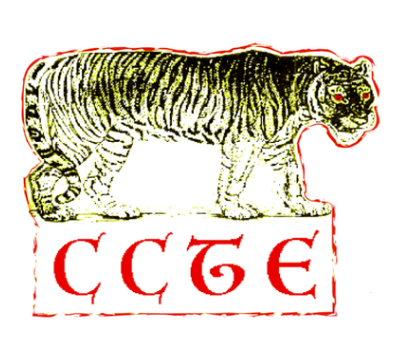Soft Opens
We can give all kinds of reasons why you might want a soft open to sessions, but the biggest reason is when you think people aren’t going to be on time. Much time is wasted in educational sessions ‘waiting for a few more people to come’ in order to get started, when a soft open could allow the people who have arrived to begin on something. To be clear, as a general principle in most scenarios, we would prefer to do things where all the participants arrive at a time to start. The soft open is a response to the learning conditions, not a pedagogical tool that you would use if the conditions didn’t require it.
For a soft open to work, you need to be able to explain it fairly succinctly to new arrivals, and they need to be able to join in. It obviously helps if minimal additional facilitation is needed once a participant has gotten started on the task. All this means you either need extremely simple instructions, quite a few facilitators, or printed instructions that you can give to people as they arrive.
A common soft open used by our Scottish comrades asks people to:
Tear an animal out of coloured paper (only tearing, no cutting)
Write a question on your animal that you would like to know from other people
Once you have done this, pass your animal round the table. People will write their answer to the question on your animal.
As people arrive late, they can still tear an animal and write a question, since the animals are travelling round the circle in a chaotic manner. Their animal joins the flow of animals much as a car joins a flow of traffic. There’s no need for animals to get all the way round the circle, and indeed you will end up with traffic jams of animals at particular places, which is entirely fine. When planning a soft open you may think that it must enable late arrival with minimal disruption, but in fact, provided it doesn’t wilfully expose or embarrass anyone, disruption is fine. A good soft open recognises that arriving late to something will always disrupt it in some way and so incorporates the disruption into the cycle of activity.
